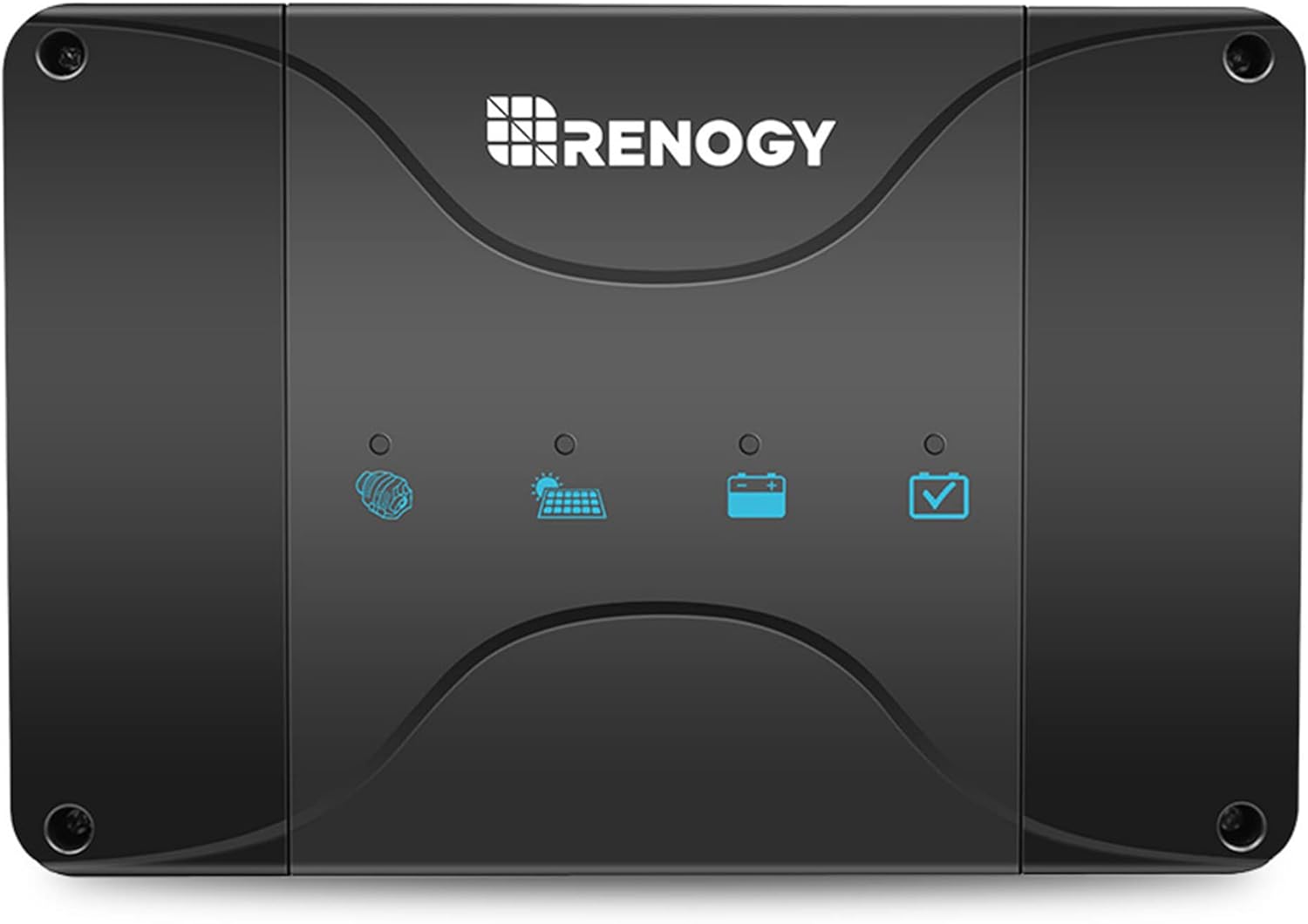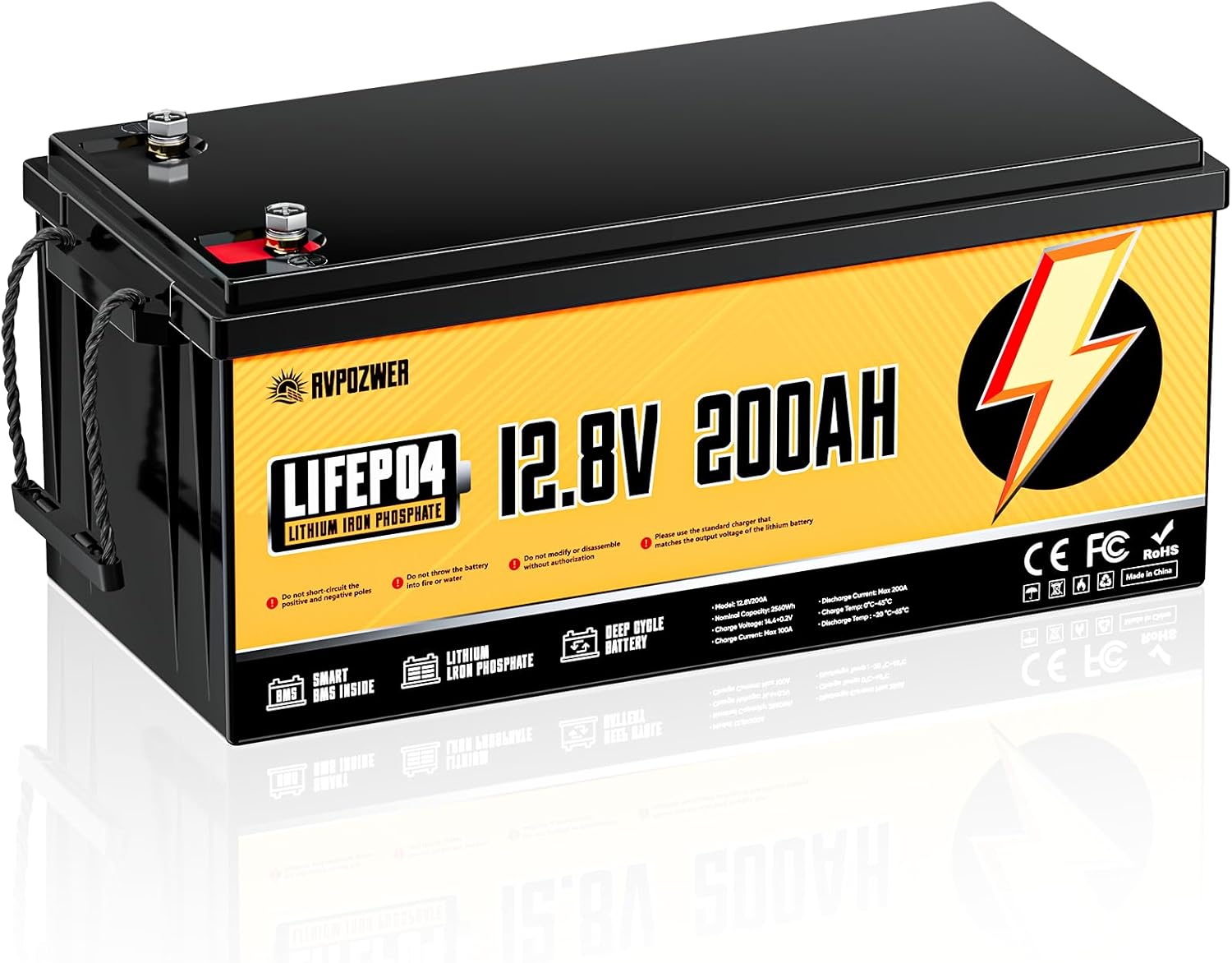More RV travelers than ever are turning to solar and deep-cycle battery systems to power their off-grid adventures. Whether you’re a weekend warrior or a full-time RVer, a solar-powered setup offers independence from shore power and the freedom to roam longer. This 2025 guide walks you through designing and installing the ideal solar + battery system for your RV, step by step.
Why Combine Solar Panels with Deep-Cycle Batteries?
Solar panels alone can’t store power—you need a battery system to hold energy for nighttime or cloudy days. Pairing a solar array with quality deep-cycle batteries:
- Reduces dependency on campsites and generators
- Powers appliances like fridges, lights, fans, and inverters
- Cuts long-term costs by minimizing fuel and hookup fees
- Lowers your environmental impact
Sizing Your Solar Array
To size your RV’s solar system, you need to know your daily power usage in watt-hours (Wh). Use our free Camper Battery Capacity Calculator to estimate your needs.
Example Calculation
If you use 2,000 Wh per day and have an average of 4 peak sun hours:
Required solar wattage = 2,000 Wh ÷ 4 h = 500 W of panels
Factor in inefficiencies (10–20%) and shading to avoid power gaps.
Choosing the right battery-type for Solar panels
Your solar power is only as reliable as your battery. Here’s how the main types compare:
| Battery Type | Depth of Discharge | Lifespan | Maintenance | Cost |
|---|---|---|---|---|
| AGM | 50% | 3–5 yrs | Low | $$ |
| Gel | 50–70% | 4–6 yrs | None | $$ |
| Lithium (LiFePO₄) | 80–100% | 10+ yrs | None | $$$ |
| Flooded Lead-Acid | 50% | 2–4 yrs | High | $ |
For solar setups, lithium is ideal due to higher efficiency and deeper discharge. Learn more in our AGM vs Lithium Battery Guide.
Key Components You’ll Need
- Solar Panels (rigid or flexible, 100–400 W modules)
- MPPT Charge Controller (higher efficiency than PWM)
- Battery Bank (12V, 24V, or 48V depending on system)
- DC-DC Charger (for charging via alternator)
- Inverter (if using AC appliances)
- Fuses & Disconnects (for safety)
- Wiring & Mounting Hardware
Explore differences between solar vs alternator charging in our DC-DC vs Shore Power Guide.
Installation Tips
- Mounting: Use tiltable mounts if possible to improve winter performance
- Wiring: Match wire gauge to current to avoid voltage drops
- Fusing: Fuse between each major component to isolate faults
- Weatherproofing: Seal all roof entries and use marine-grade terminals
Maintaining Your Solar + Battery System
- Keep solar panels clean and unobstructed
- Check voltage and battery health regularly
- Monitor via Bluetooth (most MPPTs & LiFePO₄s support this)
- Store lithium batteries above freezing in winter
Troubleshooting tips: Extend Battery Life Guide
Real-World Example Setup
Vanlife Build:
2 x 200W Renogy solar panels from Amazon*
This system provides 2–3 days of autonomy with moderate appliance use.
DC-DC Charger with MPPT

1000W Wave Inverter 12V

200W Solar Panel

Frequently Asked Questions
Q: Can I run an air conditioner on solar?
A: Only with a large solar and battery setup (e.g. >1000Ah LiFePO₄ + 1000+W solar).
Q: Do I need shore power anymore?
A: Not necessarily. A well-sized system offers complete off-grid capability.
Q: Should I wire 12V or 24V?
A: 24V reduces current and wire gauge, ideal for large systems.

